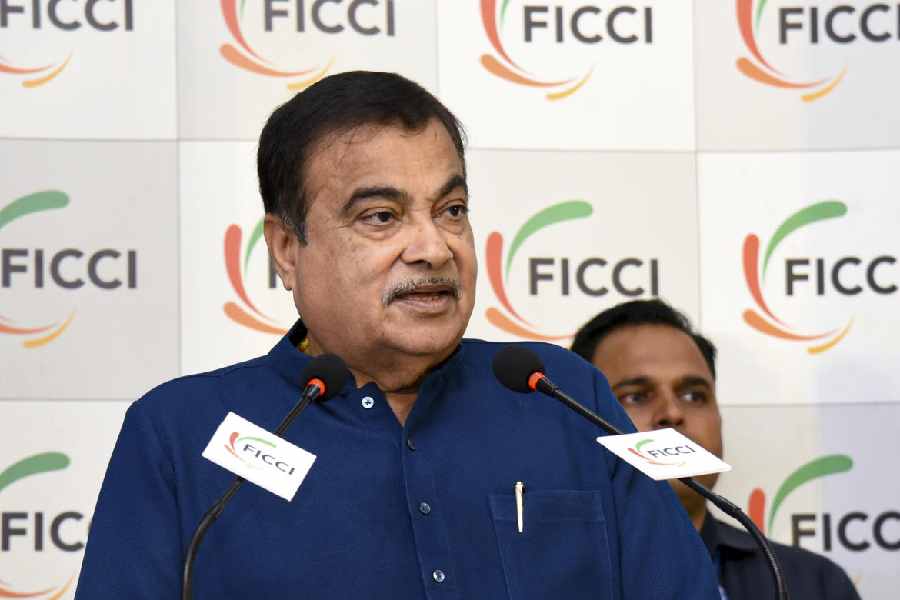In late March, the Reserve Bank of India announced a three-month moratorium on loan payments. This provided relief to those unable to pay their EMIs and credit card dues having lost their income in the ongoing financial crisis brought on by the coronavirus. The relief is welcome. The moratorium ends on May 31. There are suggestions it may be extended by three more months.
However, for you as a borrower, taking the option to defer your EMIs has long-term consequences — namely accruing interest which could compound into much bigger dues over the full course of your loan. You need a way to recover from the additional burden. Let’s explore how.
How moratorium works?
The moratorium on loans isn’t a cancellation of debt. It’s merely a deferment. Your lender has, with the the RBI's blessings, given you the option of not paying your EMIs for the three-month period. However, interest will continue to accrue on your dues at the rate advertised on your loan.
When you emerge from the moratorium, the accrued interest would get added to your loan balance and will have to be repaid as decided by your lender.
For long-term loans such as home loans, the dues may simply be spread across the remaining tenure. This may not pinch you. However, compounding interest has a way of exponentially increasing your dues — and you must understand how it happens.
How much more to pay?
The moratorium math works out differently for each borrower. You may end up paying one or tens of more EMIs. But broadly speaking, the longer the time left in your loan tenure, the more your unpaid dues will compound.
Let’s understand this with an example. You had borrowed Rs 50 lakh at 9 per cent for 20 years. Your EMI is Rs 44,986.Your total interest is going to be Rs 57.96 lakh.
Now, let’s say you paid 12 EMIs. Your loan balance is now Rs 49.06 lakh. At this point, you’re forced to take a three-month break by deferring EMIs 13, 14, and 15. The interest for these three months — Rs 1.11 lakh — gets added to your balance, which now increases to Rs 50.01 lakh. You now owe more than you had borrowed. Those three missed payments have now added 18 more EMIs to your loan, and your total interest has increased to Rs 64.43 lakh.
What if you’re far along?
If you were deep into your loan tenure, the three-month moratorium would hurt you less. For example, if you deferred three EMIs having made 60 EMIs, you would have to pay 12 more EMIs, implying additional interest of Rs 4.01 lakh.
If you used the three-month deferment having paid 120 EMIs, you will have to pay eight more EMIs or an extra Rs 2.02 lakh as interest. If you deferred after 15 years, you would have to pay only five more EMIs, or an extra Rs 78,000 as interest. The more time you have left on the loan, the more the deferment will cost you, assuming a constant rate of interest.
How do you recover?
If you’re close to the start of your loan payments, the deferments are going to pinch in the long run. There’s one simple solution to this: pre-pay what you had deferred. This would cut the additional interest the deferment had created. But you’ll need to stabilise your finances first.
So take some time, conserve some cash, and when you have greater confidence in your finances, make the payment. Consider the one-year calculation where you deferred EMIs 13, 14, and 15. If you conserved cash for one year and pre-paid Rs 1.35 lakh (three times your EMI) with your 28th EMI, you would now have to pay only two additional EMIs instead of the 18 additional EMIs without the pre-payment. In fact, the more you pre-pay, the faster you’re going to get out of debt.
Additional steps
Also keep an eye on the rate of interest on your loan. A lower rate would help erase the additional debt. If your home loan is still benchmarked to the base rate or the MCLR regime, you may be paying a higher rate than those who’ve taken similar loans recently.
Interest rates have come tumbling down in recent quarters, because of which we’re seeing home loans being sold for sub-8 per cent. Therefore, if you are stuck on a high rate loan, speak to your lender about ways to reduce your rate. Consider moving to a repo-linked loan which is more transparently priced. If your lender isn’t pricing the loan competitively, transfer your loan to a lender who does.
The ongoing financial crisis requires active money management. Prudence exercised now will go a long way. So, take all the necessary steps you can to avoid getting deeper into debt.
The writer is CEO, BankBazaar.com










